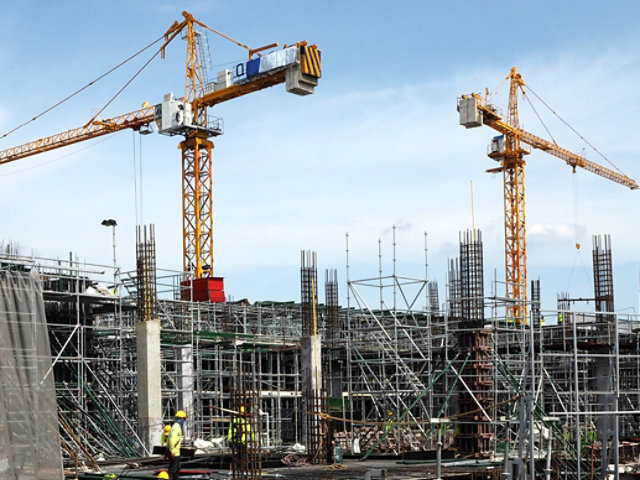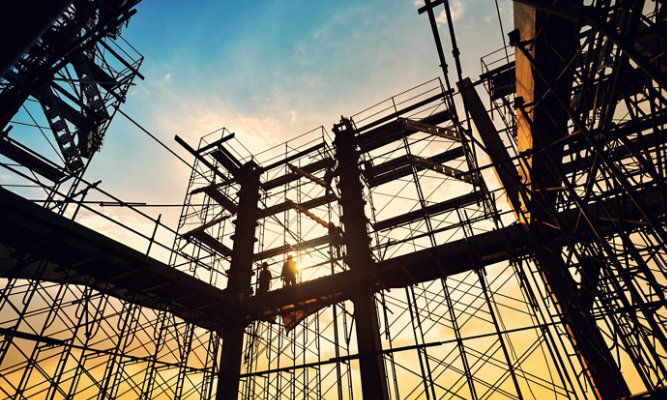
Best Practice All The Way
The need for supply chain collaboration for fire safety in new modern building design has never been more acute.
Dame Judith Hackitt’s review of the Building Regulations ordered after the Grenfell Tower disaster found that the system being used by the construction industry is simply “not fit for purpose” and open to abuse.
By Bob Glendenning, Global Fire Engineering Manager, Sherwin-Williams Protective & Marine Coatings EMEAI.
Increasingly, the industry is using complex structural steel to meet the needs of modern city construction, and with it comes a more complicated supply chain.
However, there is no reason to accept shortcomings in best practice. Where lives and property are at stake, the structural fire engineering methods simply cannot be compromised.
We, along with other fire protection industry organisations, believe there is a gap in terms of best practice which identifies the steps to take for even the most complex structural steelwork and provides authoritative guidance for those in the supply chain.
Indeed, we are fully supporting a new initiative aimed to bridge these gaps created by the Royal Institute of British Architects (RIBA) and the Association of Specialist Fire Protection (ASFP) called the Plan of Works for Fire. This aims to ensure that there is a detailed specification for fire protection at the design stage and a schedule for fire protection throughout the construction process.
Intumescent coatings have contributed to the freedom of design allowing projects and buildings to be more interestingly shaped and fully glazed with the steel frame on show. You need only look at the skyline in London to see how these stunning buildings have grown in popularity and imagination in recent years.
In recent years, and particularly over the past five to 10 years, the UK steel construction industry for medium and high-rise buildings has evolved rapidly, but the regulatory regime has not changed.
To put this into context, existing legislation under the Regulatory Reform (Fire Safety) Order 2005, means those responsible for commercial buildings including the employer, owner, or any other person who has control of any part of the premises, must carry out a detailed fire risk assessment identifying the risks and hazards in the premises.
The responsible person usually has to call in a fire engineer or qualified (competent) person or specialist to assess the risk and make calculations about fire engineering design depending on the type of building, occupancy type and the risk.
The starting point here lies with the architect, and then the specifier for recommending the most suitable products and standards that they must reach. Responsibility cascades through the supply chain to the manufacturer, the installer of the products and those officers auditing quality and safety.
We would like to see more formal, prescriptive guidance for the supply chain which ensures there is collaboration between the various professionals.
The whole supply chain has a part to play, and we should all accept our responsibilities collectively and individually.
Discover More
Industry Expertise and Innovation
See how we help customers find customised solutions for their project and application challenges.


